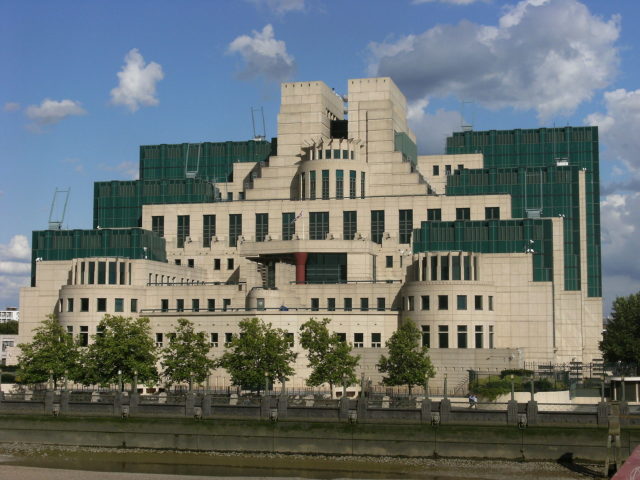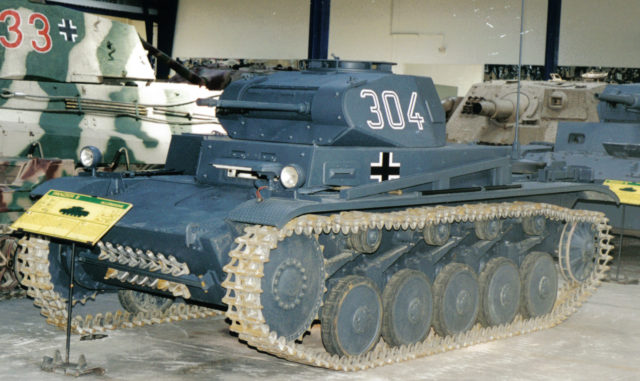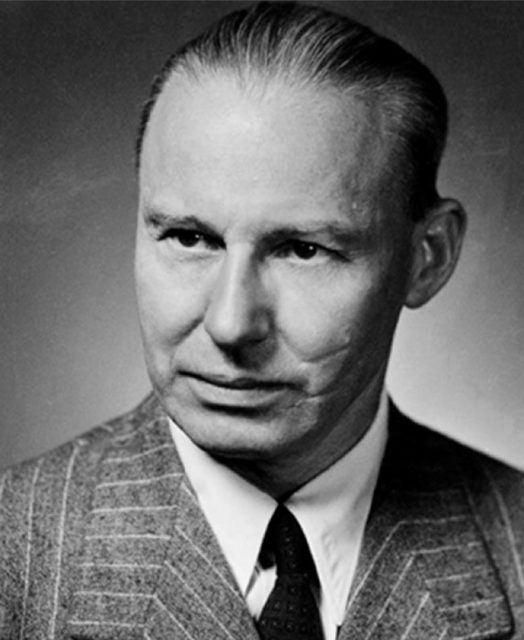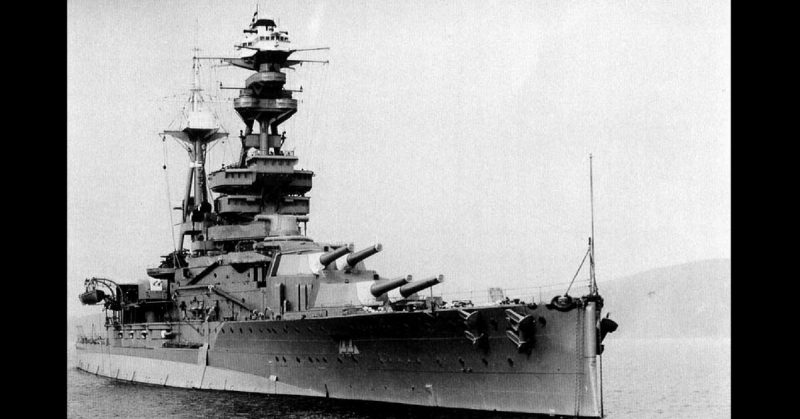Early in the Second World War, the British received a dossier of Nazi military secrets. The extraordinary contents had been sent at great personal risk by a German scientist; although this would not be revealed for another fifteen years.
The information was so potentially powerful the British could not believe it was real. One of the most extraordinary intelligence coups of the war almost went unused.
An Extraordinary Delivery
On November 4, 1939, the British Naval Attaché in Oslo, Captain Hector Boyes, received an unexpected offer. If he included a coded phrase in a BBC broadcast, then he would be given a secret report on the latest German military technology.
Boyes followed the instructions and as promised a package arrived. As well as a written report, it contained an example of a proximity sensor developed for bombs and shells – proof the report was more than just talk. Believing there was real value in what he had received, Boyes sent the report, as well as an English translation, to MI6 in London.
To Boyes, the report seemed as extraordinary as it was unexpected. Here was an opportunity not to be missed.

The Contents of the Report
The report was broad in its focus. Research from a dozen different fields, including rocketry and acoustic sensors, was described.
The innovations listed in the report included devices of great value in the war. There were acoustic and magnetic torpedoes – a type of weapon which had just been used to sink HMS Royal Oak. There was single beam technology used by the Germans in targeting bombing. There were long-range rockets, V1s and V2s, that would become the terror of London in 1944.
Some of the technology described in the report would not bear fruit during the war. Rocket propelled gliders, and other remote controlled weapons would not prove successful in development and testing. Some of the information was inaccurate or incomplete. However, there was still valuable and unique insights.

Cause for Doubt
Although Boyes thought he had been given something of great value, others had doubts. When it was first received, people working in British intelligence questioned the report’s contents.
There were three reasons for this.
First was the provenance of the document. The author had sent it to the British in secret, without revealing anything about who he was. It was a natural step to take. The Nazi regime was remorseless in its brutality towards all who opposed it. If any hint of the author’s identity reached them, they would meet a terrible death.
From the British point of view, this anonymity raised suspicion. The report could have been produced by anyone, including the Abwehr, Germany’s intelligence service. What better way to waste British time and effort than with false information?
The second reason reinforced this view; it seemed too good to be true. The very fact that such information had been handed over raised suspicion. The diversity of the information doubled those doubts.
In Britain and America, separate companies and departments worked on different areas of military engineering. Competition created secrecy, with each type of specialist operating in their own sphere. No scientist would know about the diverse range of technologies in the report. Assuming the same arrangement took place in Germany, how would anyone have all this information?
Thirdly, there was the nature of the technology. German engineering was well ahead of the Allies in many of the areas described. The ideas were far enough ahead to raise doubts about their plausibility.
Clearly, this was a fabrication by the Abwehr full of distracting pipe dreams.

The Truth Dawns
Fortunately for the British, one among them believed what he had read.
Dr. R V Jones was a scientific officer at the Air Ministry. A young man with a Ph.D. in physics, he had the knowledge to understand and analyze the report fully. He was also in a position to make use of it, as he was in charge of a new area of operations labeled Scientific Intelligence.
British intelligence was rushing to overcome its defects at the start of the war. Having found themselves woefully unprepared in 1939, the British were improving their intelligence gathering and analysis in a fast-paced but piecemeal way. Jones was a part of that.
The technical detail of the report convinced Jones it was genuine. He kept an eye out, looking for evidence. The use of Knickebein technology, similar to the single beam bomb targeting mentioned in the report, provided some evidence. So did German torpedoes fired at British ships. As the evidence mounted and Jones made his case, the British finally believed it.
The report became a major source of insight. By 1941, its technical details allowed the Allies to build countermeasures against targeting by German bombs. Ships were degaussed to counter magnetic torpedoes. By the time the rockets fell, the British knew about their technology from the Oslo Report.
Someone had given the British a great gift. Throughout the war, they had no idea who.

The Secret Benefactor
It was not until 1955 that Jones himself would meet and definitively identify the author of the report; Hans Ferdinand Mayer.
Mayer was a physicist and head of Siemens communication research laboratory. Well-connected in Germany and beyond, he knew a lot about military technology. Appalled by his government’s behavior, when Germany invaded Poland, he decided to act. He traveled to Scandinavia, supposedly for work purposes, and there delivered the Oslo Report.
Arrested by the Nazis in 1943, Mayer was sent to a concentration camp. The Nazis never learned of the Oslo Report, a fact that probably saved his life.
After meeting, Jones and Mayer decided to keep Mayer’s identity a secret, although the report was now public knowledge. Mayer died in 1980, and his identity was not revealed until nine years later.
He had taken an enormous risk. Had it not been for Dr. Jones faith in him, it might have gone to waste. Between them, they immensely helped the British cause.
Source:
Ralph Bennett (1999), Behind the Battle: Intelligence in the War with Germany 1939-1945.
